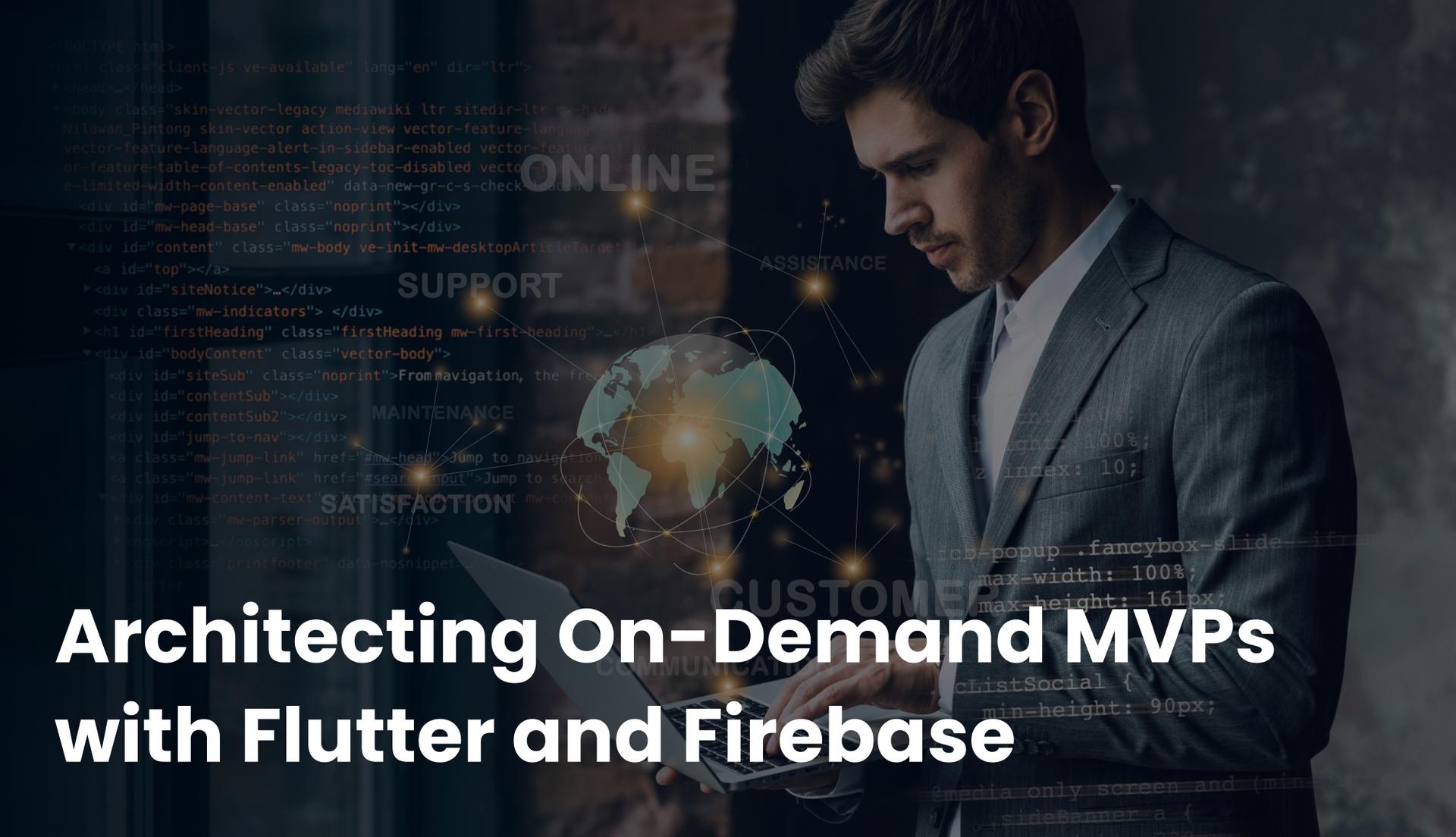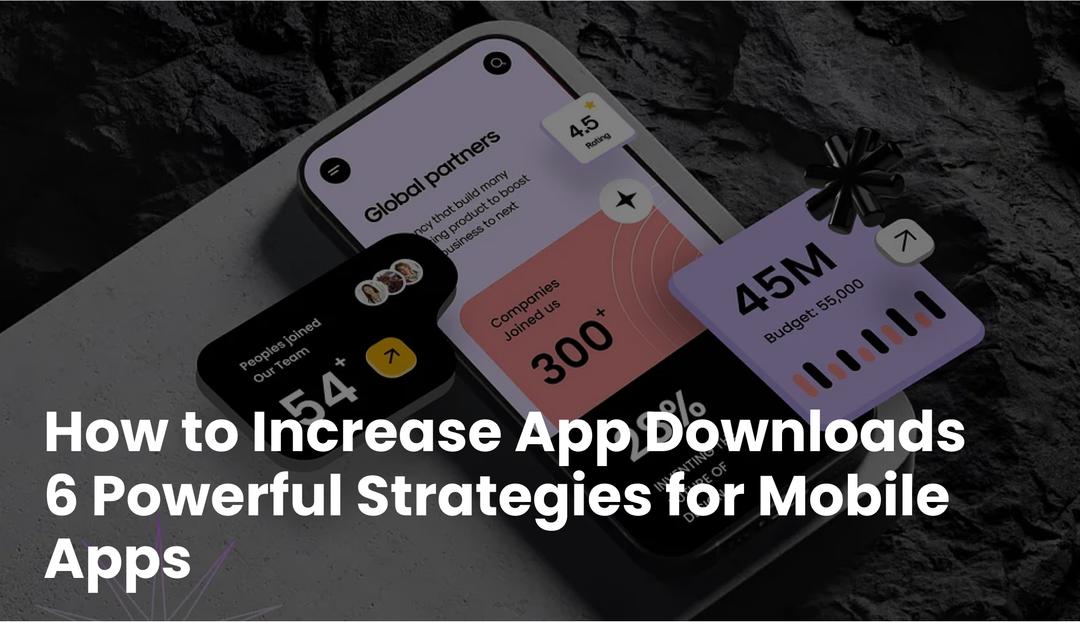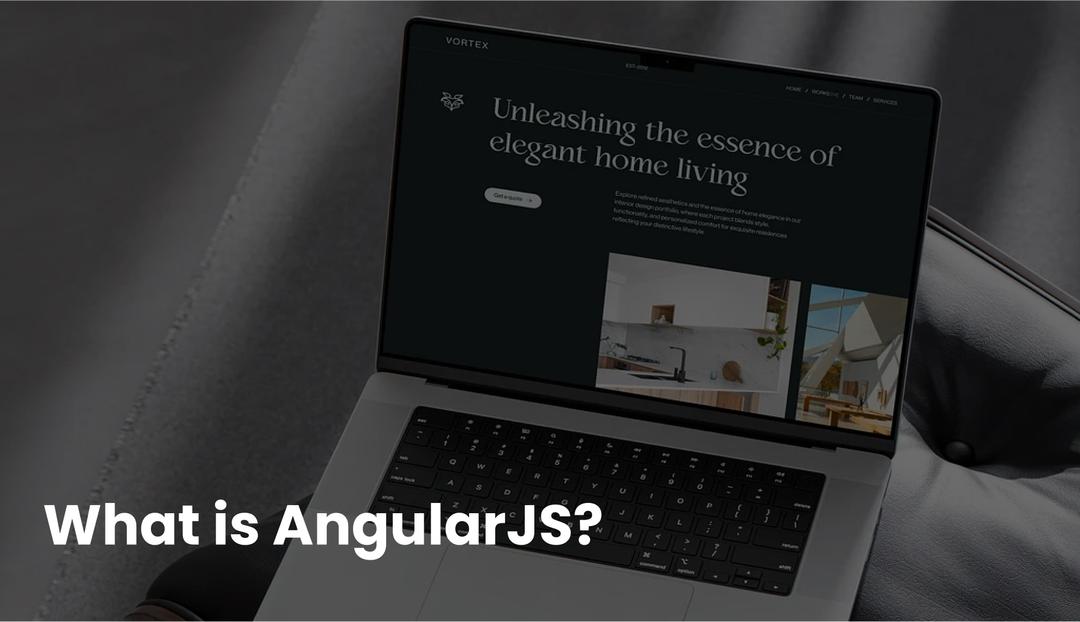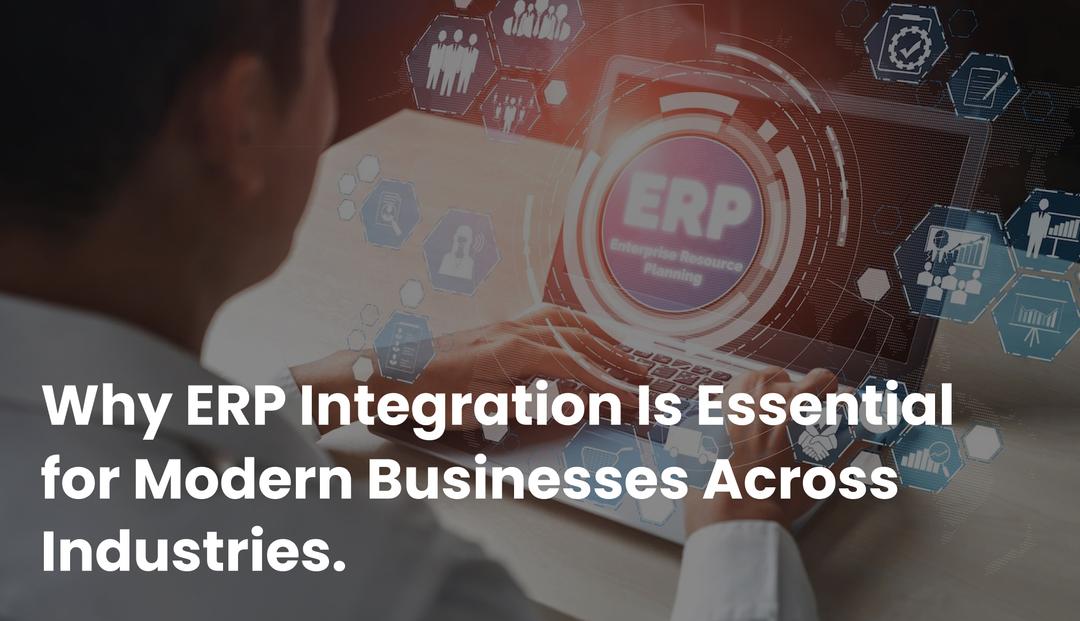When launching an on-demand platform whether it’s ride-sharing, food delivery, home services, or even healthcare, speed to market is critical, but scalability, reliability, and responsiveness are just as important. Your MVP must do more than just connect users to services, it must deliver real-time interactions, support intermittent connectivity, and be ready to scale as demand grows.
This is where Flutter and Firebase form a powerful stack for building on-demand MVPs. With Flutter’s expressive UI capabilities and Firebase’s serverless backend, startups can move fast while still building with a foundation that supports real-time sync, background messaging, and automatic scaling.
In this article, we’ll walk through how to architect an on-demand MVP using Flutter and Firebase, focusing on real-time data flow, background processes, and offline resilience. You’ll learn how to use:
- Firebase Firestore for real-time data and offline sync
- Cloud Functions for backend business logic
- Firebase Cloud Messaging for alerts and job notifications
- Flutter reactive UI principles to drive seamless UX updates

Why Flutter + Firebase for On-Demand MVPs?
Flutter app development has become the go-to approach for cross-platform product teams who want to ship native-quality apps on iOS and Android—without duplicating effort. Flutter offers real-time rendering, a strong plugin ecosystem, and rich support for background services, location tracking, and animations—ideal for on-demand apps.
Firebase complements Flutter with a suite of scalable backend services:
- Cloud Firestore for real-time data
- Authentication for secure login
- Cloud Functions for serverless business logic
- Firebase Cloud Messaging for push notifications
- Cloud Storage, Analytics, and more
Together, Flutter and Firebase eliminate the overhead of managing infrastructure, letting you focus on user experience, product-market fit, and business growth.
Using Firestore for Real-Time and Offline-First Data
On-demand apps live and die by their ability to reflect state changes instantly, whether that’s a driver accepting a job, a provider updating a service status, or a user canceling an order.
Secure & Scale Payments
Integrate secure payment processing and complex business logic with ease. Firebase Cloud Functions handle your server-side operations, from job matching to secure transactions.
Secure Your Transactions
Firestore, Firebase’s real-time NoSQL database, enables these workflows without polling or refresh loops. In Flutter, Firestore documents can be streamed directly to widgets via StreamBuilder, meaning your UI updates the moment backend data changes.
Example Use Cases:
- A job request is created → instantly appears to nearby providers
- A delivery status is updated to “Out for delivery” → user sees the change live
- A provider toggles availability → the backend reflects it in matchmaking immediately
Beyond real-time, Firestore also supports offline persistence out of the box. This is crucial for providers or couriers operating in low-connectivity areas. Users can:
- Continue using the app while offline
- Submit job updates or location pings
- Have all changes auto-synced once back online
This makes Firestore a best-in-class choice for offline-capable real-time databases, allowing on-demand MVPs to offer continuity and reliability under imperfect conditions.
Implementing Serverless Business Logic with Cloud Functions
Your app’s frontend should remain lean and secure—leaving sensitive operations and platform rules to the backend. Firebase Cloud Functions allow you to write and deploy server-side logic without provisioning or managing servers.
These functions are triggered by:
- Firestore document changes
- HTTP requests
- Authentication events
- Scheduled CRON tasks
In an on-demand app, Cloud Functions handle:
- Job matching logic: Automatically assign the closest available provider
- Notifications: Send alerts when job statuses update
- Payment processing: Integrate Stripe or Payoneer, and manage webhooks
- Escrow workflows: Release payment only after job completion
- Ratings and feedback: Trigger after-service surveys
By centralizing your platform logic in Cloud Functions, you keep the client app thin, avoid exposing business rules on the frontend, and ensure consistent behavior across platforms.
All functions scale automatically and execute close to your Firestore database, minimizing latency.
Real-Time Alerts with Firebase Cloud Messaging
Even with a real-time database, some interactions require attention-grabbing alerts, especially when the app isn’t open. That’s where Firebase Cloud Messaging comes in.
With FCM, you can send push notifications:
- To a single user (e.g., “Your provider is en route”)
- To a group (e.g., all providers within 3km of a job)
- Silently in the background, to sync Firestore data or trigger behavior without user interaction
In Flutter, the firebase_messaging package enables:
- Listening to foreground messages and routing users
- Displaying native notifications for background and terminated states
- Handling custom actions (e.g., open specific screens on tap)
- Registering and refreshing device tokens securely
Notifications are usually triggered by Firestore events using Cloud Functions. For example:
- A job is created → FCM sent to matching providers
- Job accepted → confirmation sent to the user
- Payment received → provider notified of funds release
This closes the loop between real-time data and real-time attention—vital for time-sensitive on-demand flows.
Also Read: Build Real-Time Fleet Tracking MVPs with Flutter
Reactive UIs and State Management in Flutter
To make the most of Firebase’s real-time capabilities, your Flutter UI must be reactive. That means the app should re-render sections of the UI automatically in response to data changes, without user intervention.
Flutter supports this pattern natively via:
- StreamBuilder: Binds Firestore streams to widgets
- FutureBuilder: For one-time data retrieval
- State management tools like Provider, Riverpod, or Bloc to handle business logic cleanly
Example:
A delivery app shows a driver dashboard with active jobs. As jobs are accepted, canceled, or updated by dispatchers, the Firestore stream reflects changes. The UI updates the job cards live, no reload required.
This responsiveness is crucial to user trust. When providers or users see their app respond in real time, it builds confidence in the platform and reduces friction in completing tasks.
Offline Support for Field-Driven On-Demand Apps
Offline support isn’t just a nice-to-have—it’s mandatory for field apps. Delivery drivers, cleaners, handymen, or mobile nurses may enter basements, rural zones, or dead spots where real-time sync isn’t guaranteed.
Firestore’s offline persistence means:
- All reads and writes work locally, immediately
- Writes are queued and retried in the background
- Once connectivity is restored, everything syncs automatically
You can take it further by:
- Using connectivity_plus to monitor network status
- Storing critical job data in Hive or Drift for deeper control
- Running background tasks using workmanager to ensure data is synced even if the app isn’t open
We’ve deployed offline-first MVPs for rural medical apps, delivery fleets, and disaster-response logistics, always ensuring that the product works even when networks don’t.
Summary Architecture: Flutter + Firebase for On-Demand MVPs
Here’s what a production-grade MVP typically looks like:
Flutter App
- Role-based navigation (user vs. provider)
- Firestore streams for real-time jobs and profiles
- Local caching and background sync
- FCM integration for push messaging
Firebase Backend
- Firestore: Core database for jobs, users, ratings, status updates
- Cloud Functions: Matching, payments, messaging logic
- FCM: Notifications for job updates and alerts
- Authentication: Email, phone, or social login
- Optional: Realtime Database for GPS pings, Cloud Storage for photos, Analytics for usage tracking
This stack allows your team to build a robust MVP in 6–10 weeks, with all the speed of no-code tools, but the flexibility of full-code scalability.
Fast-Track Your On-Demand MVP
Get your on-demand MVP to market in under 10 weeks without compromising quality. We specialize in rapid development using Flutter and Firebase, ensuring a fast and efficient launch for your startup.
Launch Your MVP Fast
Why Work With Us
We specialize in Flutter app development using Firebase for fast-moving, on-demand startups. Our clients trust us to:
- Architect and deliver MVPs in under 10 weeks
- Build for scale from day one (no throwaway prototypes)
- Implement best practices for real-time data, offline UX, and reactive interfaces
- Support secure payment workflows, background sync, and multi-role logic
- Guide you through the trade-offs, tooling, and Firebase costs as you grow
Whether you’re a founder planning a pilot or a team looking to refactor your legacy MVP, we bring deep experience in on-demand architecture that works in the real world.









